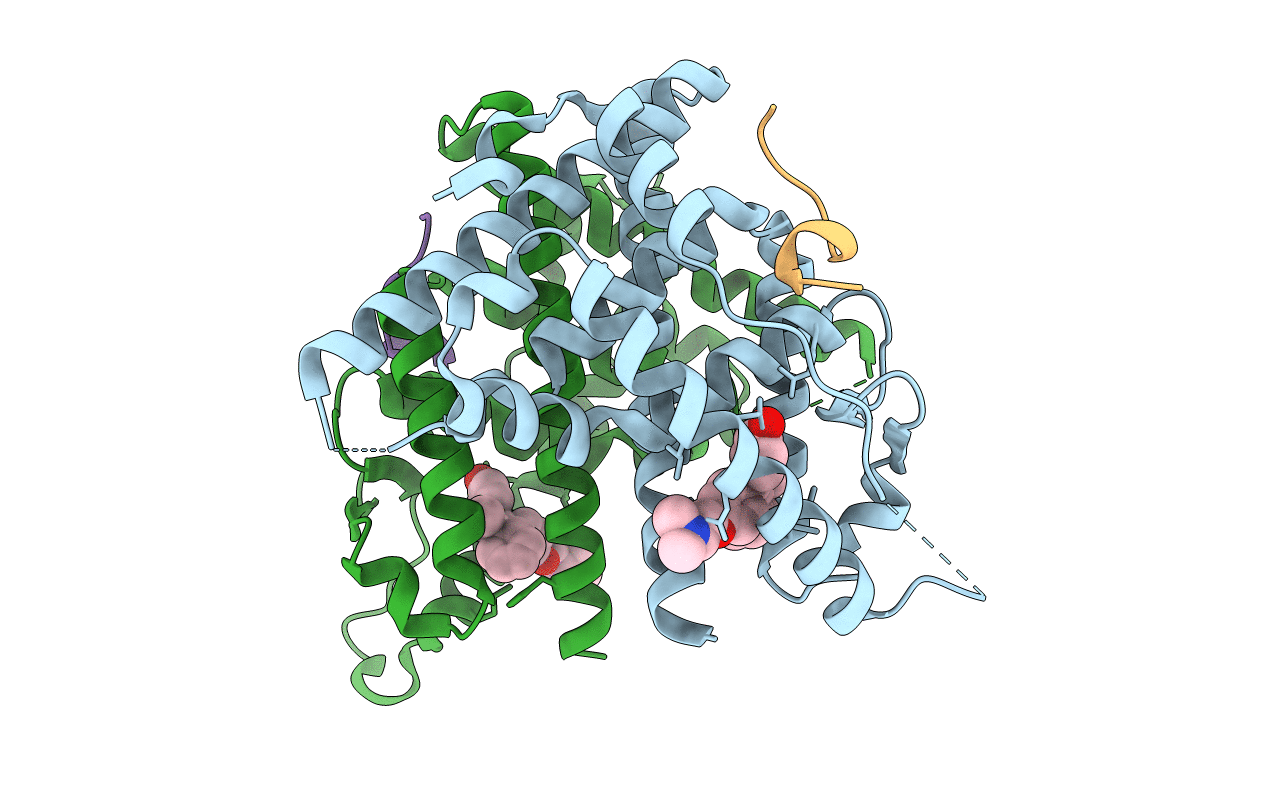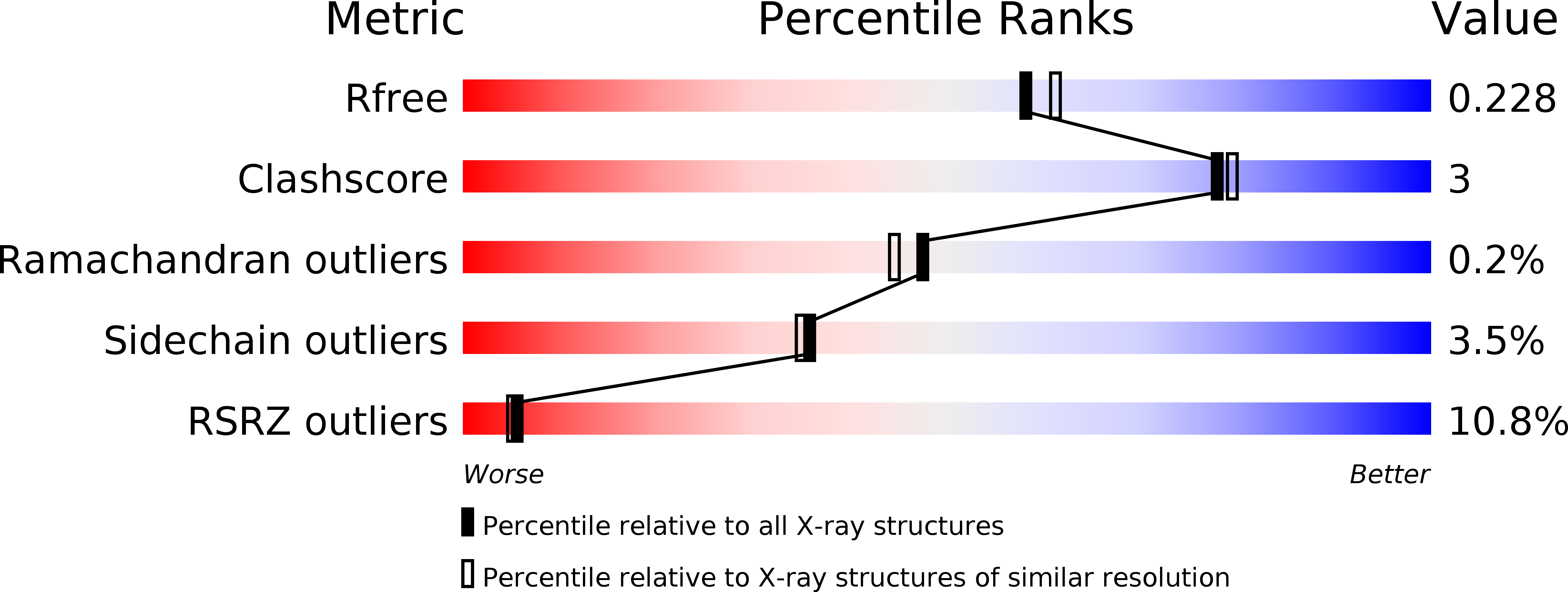Abstact
Recent studies have identified a series of estrogen receptor (ER)-interacting peptides that recognize sites that are distinct from the classic coregulator recruitment (AF2) region. Here, we report the structural and functional characterization of an ERalpha-specific peptide that binds to the liganded receptor in an AF2-independent manner. The 2-A crystal structure of the ER/peptide complex reveals a binding site that is centered on a shallow depression on the beta-hairpin face of the ligand-binding domain. The peptide binds in an unusual extended conformation and makes multiple contacts with the ligand-binding domain. The location and architecture of the binding site provides an insight into the peptide's ER subtype specificity and ligand interaction preferences. In vivo, an engineered coactivator containing the peptide motif is able to strongly enhance the transcriptional activity of liganded ERalpha, particularly in the presence of 4-hydroxytamoxifen. Furthermore, disruption of this binding surface alters ER's response to the coregulator TIF2. Together, these results indicate that this previously unknown interaction site represents a bona fide control surface involved in regulating receptor activity.



